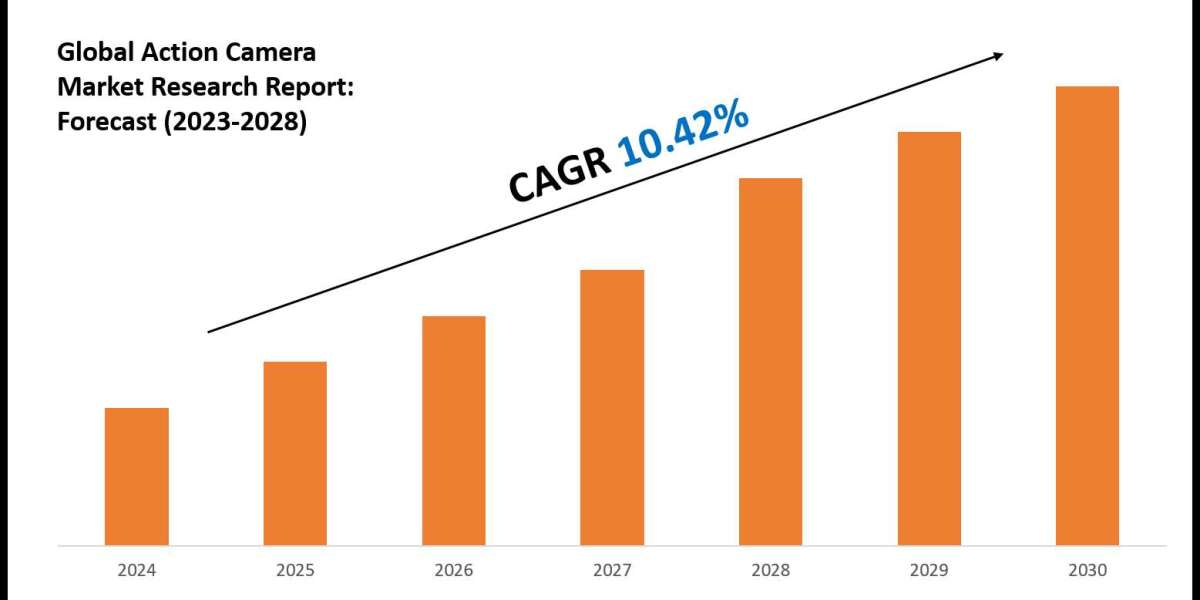In today's world, which is more digital and networked than ever, it's never been more critical to secure physical and intangible assets. From ensuring unauthorized individuals stay away from sensitive information to guarding structures and systems, access control is a building block of any complete security solution. For businesses, government agencies, or homeowners, learning about the various forms of access control—and how best to deploy them—can make a tremendous difference in security overall.
Here are five primary access control system types and what each contributes to an enhanced, more robust security stance:
- Discretionary Access Control (DAC)
Discretionary Access Control is one of the most generic but dangerous access control models. The administrator or data owner in DAC systems gives access to some resources to certain persons. It is a matter of defining permissions for directories, files, or places and defining what kind of access is granted—such as read, write, or execute.
How it enhances security:
DAC gives users fine-grained control over their own resources.
Its use is optimum in circumstances where flexibility and cooperation are required, like in research or artistic endeavors.
That notwithstanding, its flexibility can become a weakness when users are not applying proper security mechanisms, so active use of routine audits and training is essential.
- Mandatory Access Control (MAC)
Mandatory Access Control is more controlling in nature than DAC. Access rights in MAC are controlled by a central authority based on information clearance and classification levels. Users have no ability to change access rights; instead, the system enforces policies determined by administrators.
How it enhances security:
MAC is highly secure and typically utilized within government or military settings where information classification matters a great deal.
It offers equal security policy to all users and resources.
By removing the users' discretion, it minimizes the possibility of accidental exposure or abusing data.
- Role-Based Access Control (RBAC)
Role-Based Access Control provides access rights based on an individual's role in an organization. For example, a marketing manager can be given a right of access to advertisement information but not financial information. This method enables users to have access only to what they need for their duties.
How it enhances security:
RBAC applies the principle of least privilege, reducing insider attacks or unauthorized data leakage.
It simplifies the permission handling, especially for big firms.
When individuals change employment via promotion, resignation, or departmental transfer, permissions can be altered simply by adjusting the role definitions.
- Rule-Based Access Control
Sometimes confused with RBAC, Rule-Based Access Control functions by using specific rules that grant access. Said rules may be time of day, location, IP address, or device type. It's commonly utilized in combination with other access control models for enhanced security.
How it enhances security:
Rule-based systems may change based on situational factors, enabling dynamic control.
For example, a policy might allow payroll data only during working hours or from the office network.
It's an extremely valuable control to prevent unauthorized access under unusual or suspicious circumstances.
- Attribute-Based Access Control (ABAC)
Attribute-Based Access Control is arguably the most context-sensitive and high-granularity model that there is. It is based on a collection of attributes—department of the user, job role, security clearance, device type, and so forth—to determine access permissions. ABAC policies match up these in real time prior to permissions being granted or denied.
How it improves security:
ABAC offers extremely fine-grained and dynamic access decisions and is best utilized in complex environments like healthcare, finance, or cloud computing.
It can support control by policy that changes based on user behavior, risk, or compliance needs.
ABAC is most useful in zero-trust security models where continuous verification is required.
The Bigger Picture: Integration and Monitoring
Though each access control category has its own unique advantages, the best security strategy is often a combination of access control systems, tailored to an organization's specific needs. For instance, an organization would implement RBAC for routine operations but add rule-based conditions for remote access or sensitive operations. Monitoring tools, audit reports, and alarm systems also optimize the effectiveness of access controls by ensuring that all activities are traceable and accountable.
Also, as risks increase in cyberspace, so will access control infrastructures. The advent of biometrics, MFA, and AI-driven security analytics underlines the need for adaptive and visionary access control policy.
Conclusion
Access control is more than just locking doors and passwords—it's an end-to-end methodology for protecting critical assets, data, and operations. Understanding the five primary access control types—Discretionary, Mandatory, Role-Based, Rule-Based, and Attribute-Based—enables organizations to build multi-layered, context-aware security frameworks that limit risk and optimize operational efficiency.
As threats and technology evolve, so too must the ways of controlling who has access to what. Choosing the right access control model—or combination of the two—can be the difference maker in keeping your systems safe, compliant, and robust.



